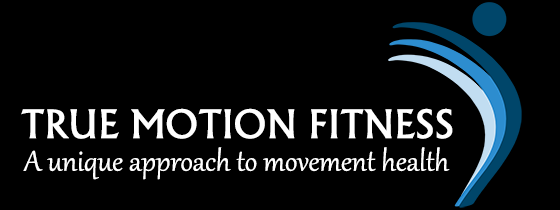
Range of Motion: The Body’s Guide to Diagnosis and Treatment
Soreness, discomfort, pain. Maybe it crept up on you and now you don’t even remember the last time you were pain free or maybe you remember the exact day because you were in a car accident. Maybe you self-treated with Ibuprofen and ice. Maybe a doctor prescribed muscles relaxers and ice. Maybe you’ve been massaging, stretching, strengthening, and moving, but you still have nagging pain in your back, neck, hip, shoulder—fill in the blank—and nothing seems to help.
In previous blog posts on pain and muscle tightness, I talked about the body protects a weakened or injured muscle by limiting range of motion and recruiting adjacent muscles to share the burden of work. Sometimes these protective mechanisms can cause a domino effect of weakened muscles.
Let’s say your shoulder aches all the time with sharp pain sometimes. Since, the shoulder consists of 15 or so muscles along with a myriad of nerves, tendons, ligaments and bones all working together to allow the arm to move in an astonishing number of positions, more information is needed. Does your shoulder pain occur when pulling on a pair of boots or reaching for something on an overhead shelf or pouring milk into your child’s cereal bowl?
However, the shoulder doesn’t perform these tasks in isolation. Muscles of the arm, neck, back, etc. are also called into action. It’s possible a compromised spinal erector putting undue strain across the musculature of the shoulder blade starts off a cascade (remember the brain recruits adjacent muscles in a domino-like manner to assist a weakened muscle) that causes your deltoid to feel pain. As you can see, when the shoulder hurts, the root cause might be elsewhere.
Is that discouraging? I hope not because this is where MAT excels. By understanding the compensatory mechanisms employed by the body to protect itself, we are free to search beyond the site of pain to look for the root cause of pain. Because we know the body often tightens one muscle to protect another muscle, we can use the resulting limited range of motion to guide us to weaknesses that need to be treated.
Why is range of motion such a great guide? Very basically, the mechanism is this: range of motion depends on a muscle’s ability to contract. A muscle’s ability to contract depends on its communication with the nervous system. We can test range of motion to identify which specific muscles are not communicating efficiently.
Let’s go back to shoulder pain. We test various ranges of motion and see that the shoulder blade is not retracting. We test the various muscles involved in contracting the shoulder blade and find they are contracting properly. We can then move on to another motion that affects the shoulder blade such as trunk rotation. Sure enough, we find that the transverse abdominis is not contracting efficiently. Now we can treat that specific muscle in order to reestablish communication with the nervous system. Reestablishing communication allows the brain to receive current, up-to-date information on that muscle. If the tissue is healed, the brain will call off the protection. Muscle tightness will go away and range of motion will be restored.
Of course, this is a simplified example. Often people don’t seek treatment for pain until other methods fail. By that time, usually multiple muscles have been compromised which complicates diagnosis and treatment. Fortunately, using range of motion to guide us, we can identify and treat a muscularly-based problem relatively quickly so you can get back to enjoying your life pain free.
-Yvonne Becker, for True Motion Fitness